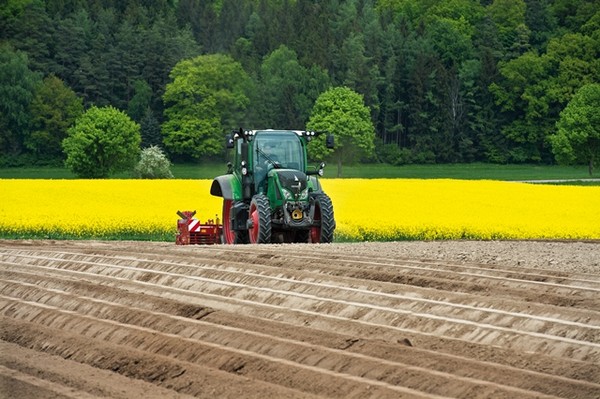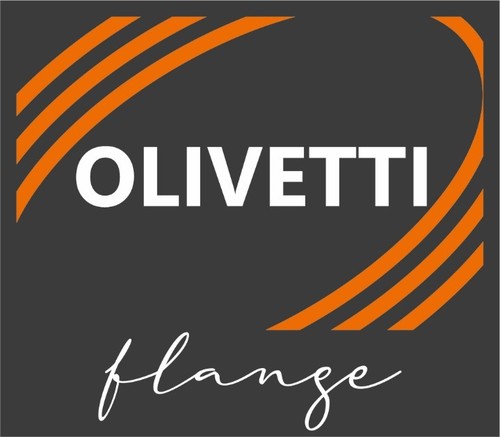
Renewable: Italy sets good examples
For years European Union policy has been orienting Member States towards the progressive decarbonization of the economy and finally now the results are becoming evident in many production sectors. Italy, not without difficulty and contradictions, has achieved a patrimony of experience which can launch new forms for the market nationally as well as abroad
Europe is continuing to show great interest in the development of renewable energy sources, including bioenergy, in singling out objectives for 2030 which are even more ambitious than those to become mandatory by 2020. In May 2014 the European Commission published the communication European Energy Security Strategy which points to the dependence of energy imports as the first issue for consideration. At present, imports account for more than 50% of the energy consumed; these imports come to almost 90% for crude oil, 66% for natural gas and to a lesser extent for solid fuels, 42%, as well as 40% for nuclear fuel. This dependency clearly carries costs not only as regards the environment and the security of supplies but in terms of the economies with spending of more than €1 billion, which one third from Russia for spending of about €100 billion per year. It must be pointed out however that Europe, at the world level, can claim primacy for the production of electricity from non-fossil fuels, 27% from renewable sources, to cover 50% of consumption. According to the direction indicated by the Commission, this significant result must be improved to achieve ever greater energy security in step with consolidating the decarbonization progress made by the EU economy.
Considering that though the development of energy efficiency and renewable sources in Europe fits into a common strategy, this development has often been based on special national policies so the Commission's communication is urging greater interaction and the harmonization of these initiatives among the Member States.
In this connection, Italy must pursue the country's commitment to keep pace with other states to avoid invalidating the good work done to date through special initiatives. This will involve the need to find financial resources in the framework of the government's “spending review” cuts (see the so-called “spreading incentives”, meaning the reduction of clean energy incentives, and article 22 of the IRPEF [Personal Income Taxation] Decree in which taxation on the production of clean energy is raised to 25% as opposed to the much lower levy applied to overall “agriculture income”). The decree as such is certain to carry a negative impact on the present incentive system and raise new obstacles to plans for new and further investments in the sector.
Over the past few years in Italy the greatest drive for the development of renewable energy sources, or more in general for the green economy, has been created by the need to create new markets as well as by public funding in support of this direction. Moreover, the pursuit of growth in these areas has been facilitated by the abundance of such accessible sources as the sun, wind, water and geothermic and biomass resources – biomass residues alone come to about 10 million tons of petroleum equivalent (TPE) annually – all added to the availability of mature technologies for the generation of energy from these sources. On the side of biomass for energy, this use has strongly evolved in efficiency and dissemination and now hopes for the consolidation of the sector require further steps ahead, especially for optimizing supply procedures and the use of biomass in a sustainable way and at the local level.
To date, public aid for bioenergy has been aimed mainly at the production of green kWh, especially electricity, but more attention should be focused on biomass resources for the benefits they can bring to agricultural and forest environments. For this purpose, a way must be found for the more equitable distribution of entire bioenergy production chains to spur maintenance operations in forests and marginal farmlands which are abandoned and run the risk of degradation.
There is however no shortage of good practices in the country because, in part, with this type of initiative the financial and ecological components are not in opposition but coexist perfectly. For this reason, Itabia, the Italian Biomass Association, pursues an ongoing commitment to work for the dissemination of production chain models felt to be valid so that they can be duplicated nationally as well as abroad, with a specific focus on developing countries.
Recently a delegation of administrators, research personnel and entrepreneurs from the Republic of Argentina arrived in Italy for a stay from 24 June to 5 July for a study of the main points of specific production chain models created through the efficient integration of scientific research, business and governance. Numerous technical meetings were held in the regions of Central and North Italy, Lazio, Tuscany, Veneto, Lombardy and Valle d'Aosta, organized with the collaboration of the AISIM Association, the Argentina and Italy Integrated Mountain System, and Itabia for drafting cooperation projects involving rural and forested areas. These are: Enhancing the value of biomass of agricultural origin, agro-industries, livestock raising and forestry for energy purposes, energy self-sufficiency for local communities; Agricultural development in rural areas by raising the value of local production and totally involving the people and internationalization; Sustainable management and improving forestry competitiveness, planning and the conservation of biodiversity; Strengthening trade in quality agro-food and forestry products; Optimizing forestry worksites and forestry-industry and forestry-energy production chains.
Thus in this setting Itabia played an especially high-profile role as an accredited partner on issues having to do with the sustainable production energy from agro-forestry biomass with a commitment to innovative agricultural and forestry mechanization geared to improving the associated production chains.
The opening meeting with the Argentine delegation was held in the association's quarters where, once the issues of common interest were identified, the groundwork of productive future cooperation was laid out. On this occasion Marco Acerbi, the head of national and international events for FederUnacoma, the Italian Agricultural Machinery Manufacturers Federation, officially invited the visiting delegation to the upcoming EIMA International exposition and referred to the specialized EIMA Energy Salon dedicated to agro-energy under the planning of Itabia for the trade fair editions over the years.
A highly appreciated contribution came from representatives of the Argentine Ministry of Agriculture's Unit for Rural Change, UCAR, providing decisive drive to the development of rural areas in the less advantaged parts of the country. This unit is managing investments set up nationally and by the Inter-American Development Bank, IDB, for joint work targeted on the areas of production chains and clusters, development of the territory, strengthening institutions, infrastructure and innovation.
The total budget for drawing on financial resources for various activities comes to $1.3 billion of which only $516,000 has been committed. Among the areas of work for which it might be possible to create initiatives of common interest are those directly under the management of a number of the officials and institutional representatives who were in the delegation. In particular, there is the Inclusive Rural Development Program, PRODERI, with national coverage but initially focused on Argentina's northwestern region where rural poverty is still high. Included are the province of Catamarca, represented in Rome by the Minister of Production and Development and the Agriculture Commissioner, and the Jujuy Province in the extreme northwest, represented by entrepreneurs and the president of the Provincial Forest Industry Association, with available funding set at $112 million.
Also present was Florencia Reca, the coordinator of the Sustainable Forestry Development Project, who outlined plans for reviving the agro-forestry sector with a budget of $75 million, a program for the sustainable management of natural resources with funding of $25 million available and a program for the conservation of biodiversity within forestry production environments with funding at $7 million.
The agro-food sector, directly linked to issues involving the recovery and use of biomass residues in viticulture, olive, walnut, sugar cane cultivations and the like, was dealt with by Bernardo Cané, a UCAR consultant, and Martin Lazzaro, a relateur for AISIM.
The outcome of the meetings on the agenda was highly positive for clearing the way to the very real development of lines of collaboration and partnership involving the central governments, local Argentine institutions and Italian interlocutors joining the network set up by AISIM directing attention to decentralized cooperation between the two countries in conformity with the guidelines laid out by the respective foreign ministries in a bilateral meeting held recently.








